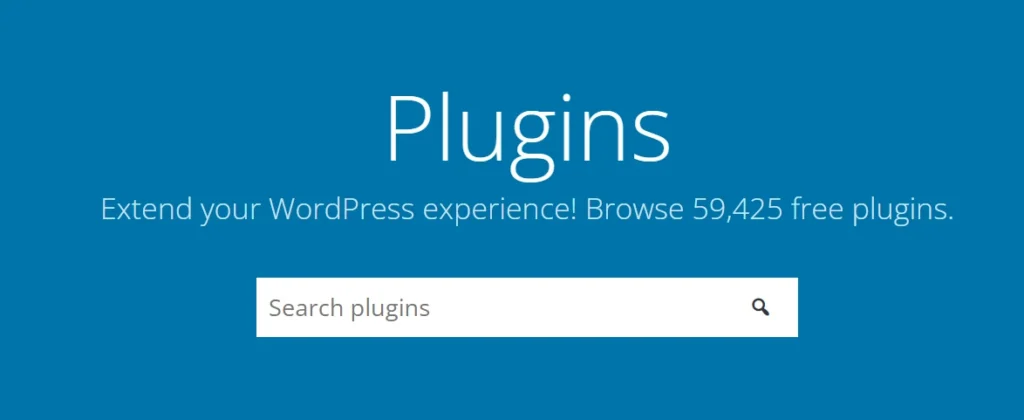
Sometimes you may get inspired by the story of developers who made 1000s of dollars after selling copies of the plugin they have authored, and you want to make a career in WP plugin development, or you have got a great idea and want to implement it by writing an extension or you might find a WP extension incomplete or outdated and would like to add new functions to it. Here are the steps you can follow to build a WP plugin:
Learn PHP, HTML, CSS, JavaScript
The WordPress content management system is powered by PHP. The layouts, colors, fonts, etc of the CMS are managed by HTML and CSS code. The content management system’s autosave post, live search in media editor, etc employs Ajax aka Asynchronous JavaScript technology.
Plugins may have to employ HTTP/CSS for styling input boxes, buttons, and various other HTML elements, and they must be written using PHP. Without knowing PHP, HTML, CSS, and JS, it is impossible to create a WordPress plugin. You should thus learn these web technologies to create a plugin. If you already know JS, CSS, PHP, and HTML, you can skip this step and follow the below steps.
Read WP plugin guidelines
The WordPress team has published guidelines for building a WordPress plugin. You must adhere to the guidelines or else your product won’t be included in the WP repository. What happens when your item is rejected? Unlike other marketplaces wherein you can’t resubmit rejected items, WP testers won’t reject your item completely. You will be asked to read the WP guidelines and make some changes. If you follow the guidelines while building the extension, your item will be approved.
Understand the requirements
Whether you create a simple or complex WP extension, you must know what you’re doing. Find out what would be required for the plugin. For example, if you’re building a backup plugin, you may require a button, checkboxes, forms, etc. You should know how to use these HTML elements. You must also know how to pass data or receive data from these elements and more.
Find and understand the required functions
The next step after finding and understanding the requirements is to identify the WordPress functions and hooks that you will have to use in your code. For example, if you don’t use the enqueue WP hooks, you won’t be able to add style to the forms, HTML elements, text unless you write inline code.
The enqueue hooks will insert scripts/stylesheet files in the header. Similarly, if you don’t use the save_post hook, you won’t be able to make WP do something while it is saving the post. The WP CMS comprises 100s of hooks and functions. WP developers have explained the use of each hook and function in detail. They’ve also shared the working example of the same as a reference. Likewise, if you want to make the form that has HTML elements look great, you may have to write CSS code.
Start coding
Once you identify the required functions and hooks, it’s time to start coding. The time taken to build a WP plugin depends on its complexity. Simple extensions can be coded within a few hours. A complex one may take days or even weeks.
Create WordPress account
If you find that your WP product works great, you can start using it. If you’ve built the plugin for the WP community, you must publish it in the WP repository. You can do so only if you have got a WordPress account. This link will take you to the upload form of WP. The form has the option to choose the ZIP file and a button. Once you select the file, click the button.
Submit your product
Once your plugin is ready, you can upload it to be reviewed by developers. The developers will go through its code and will either approve your item or ask you to make some modifications. The developers explain what you need to do to get your WP extension approved in the mail. Once you make the required changes, resubmit the zip file.
Have I built a WP extension? Yes, I’ve built three of them within a month. I’ve knowledge of PHP, HTML, JS, and CSS. These are the web technologies that I used to create my three plugins. If you, too, want to create WordPress extensions, follow the steps I’ve shared above.

